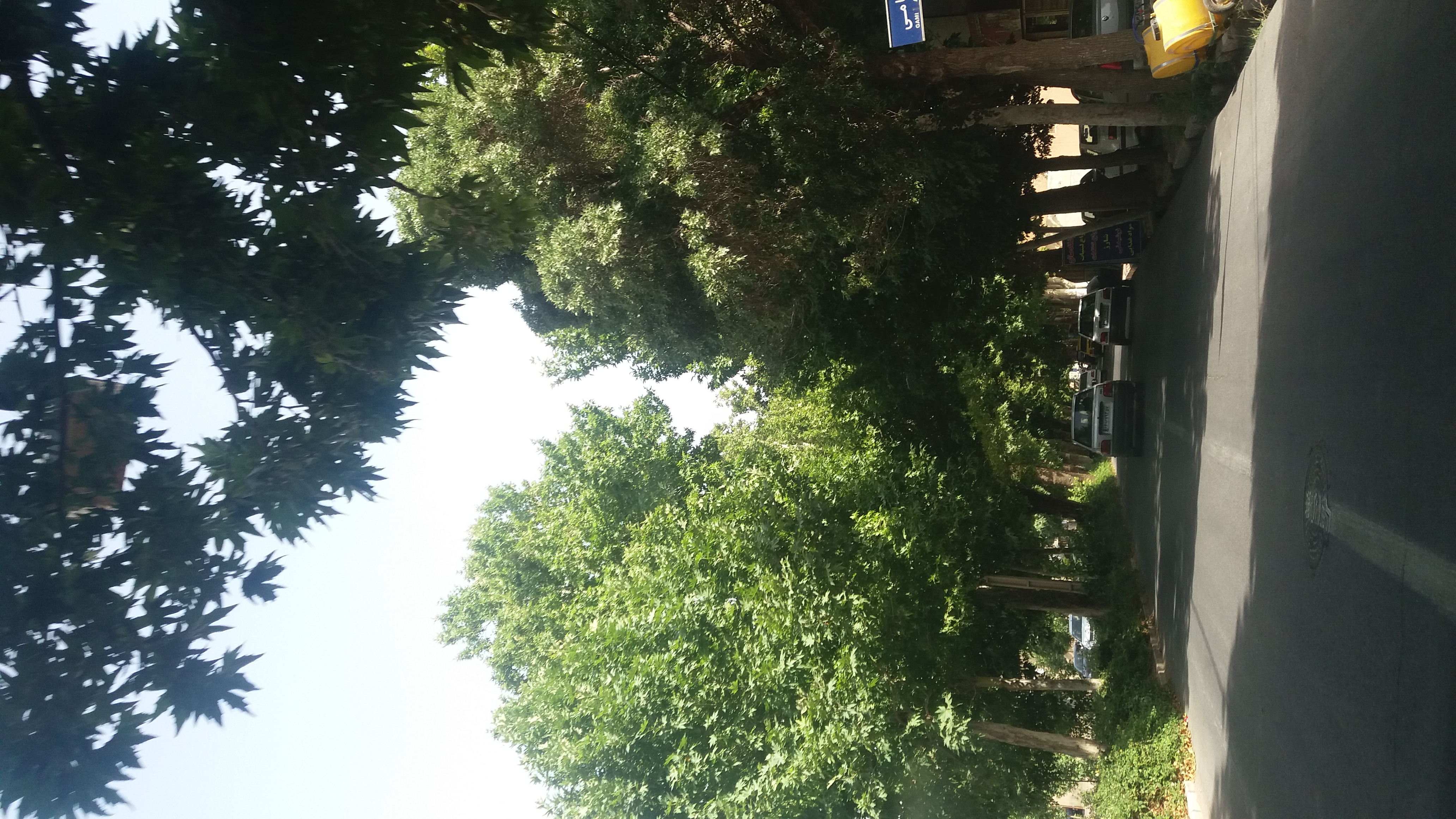Mahallat on:
[Wikipedia]
[Google]
[Amazon]
 Mahallat ( fa, محلات, also
Mahallat ( fa, محلات, also
Mahallat News
History of Mahallat
Populated places in Mahallat County Cities in Markazi Province {{Mahallat-geo-stub
 Mahallat ( fa, محلات, also
Mahallat ( fa, محلات, also Romanize
Romanization or romanisation, in linguistics, is the conversion of text from a different writing system to the Roman (Latin) script, or a system for doing so. Methods of romanization include transliteration, for representing written text, a ...
d as Maḩallāt; also known as Mahallāt Bāla and Maḩallāt-e Bālā) is the capital of Mahallat County, Markazi Province, Iran
Iran, officially the Islamic Republic of Iran, and also called Persia, is a country located in Western Asia. It is bordered by Iraq and Turkey to the west, by Azerbaijan and Armenia to the northwest, by the Caspian Sea and Turkmeni ...
. At the 2006 census, the city had population of 35,31910,285 families.
In ancient times it was an important location for Zoroastrianism
Zoroastrianism is an Iranian religion and one of the world's oldest organized faiths, based on the teachings of the Iranian-speaking prophet Zoroaster. It has a dualistic cosmology of good and evil within the framework of a monotheisti ...
. It has a cold climate, and strong winds during spring and summer. The city is one of the major producers and exporters of flowers in Iran. Every September the city holds a flower festival. In addition, the area surrounding the city is rich with travertine
Travertine ( ) is a form of terrestrial limestone deposited around mineral springs, especially hot springs. It often has a fibrous or concentric appearance and exists in white, tan, cream-colored, and even rusty varieties. It is formed by a p ...
deposits, which are refined into tiles in nearby factories.
There are remains of Hellenistic architecture from Alexander the Great
Alexander III of Macedon ( grc, Ἀλέξανδρος, Alexandros; 20/21 July 356 BC – 10/11 June 323 BC), commonly known as Alexander the Great, was a king of the ancient Greek kingdom of Macedon. He succeeded his father Philip II to ...
's time in Mahallat as well as fire temple ruins dated from the Zoroastrianism era. The city is famous for a large warm water spring flowing from mountains in the North into the plain areas of the South, which are used for agriculture as well as the urban water supply. There are also hot springs not far from the city which have been a source of local tourism since ancient times due to its assumed medical benefits. The dialect spoken in Mahallat is a version of a larger branch of dialects spoken in central Iran (Yazd
Yazd ( fa, یزد ), formerly also known as Yezd, is the capital of Yazd Province, Iran. The city is located southeast of Isfahan. At the 2016 census, the population was 1,138,533. Since 2017, the historical city of Yazd is recognized as a Wor ...
, Isfahan
Isfahan ( fa, اصفهان, Esfahân ), from its ancient designation ''Aspadana'' and, later, ''Spahan'' in middle Persian, rendered in English as ''Ispahan'', is a major city in the Greater Isfahan Region, Isfahan Province, Iran. It is lo ...
, Khonsar
Khansar ( fa, خوانسار, Khwānsār, also Romanized as Xānsār) is a city in Isfahan province of Iran and the center of Khansar county. The history of Khansar dates back to pre-Islamic times. "Khan" meaning spring and "Sar" suffix indicate pl ...
) with several words having a noticeable connection to old Persian.
Mahallat was formerly divided into three major parts. The northern part was Mahallat-e Bala, the area of the Sadat-e Mahallat, the families descending from the prophet Mohammad. In the middle Mahallat-e Ghaleh, originally a vast open space with fields, but in the 18th century two brothers from Sabzevar and their soldiers and servants built castles and developed the area. The family was later known as Amiri, Amirkhani, Elahi, Majidi, Nasseri, Norouz Nasseri and Khosrovani (Mahallati). The southern part was named Mahallat-e Pain and this was where the Aga Khan
Aga Khan ( fa, آقاخان, ar, آغا خان; also transliterated as ''Aqa Khan'' and ''Agha Khan'') is a title held by the Imām of the Nizari Ismāʿīli Shias. Since 1957, the holder of the title has been the 49th Imām, Prince Shah Kari ...
built his huge castle.
Born in Mahallat were: the first Iranian to become a US citizen, Hajj Sayyah Mahallati, Aga Khan II, a religious leader, Mohsen Sadr
Mohsen Sadr ( fa, محسن صدر; also known by his title: Sadr ol-Ashraf I (1871 – 19 October 1962) was a Prime Minister of Iran.
He was born in Mahallat in Markazi in 1871 as the son of Seyyed Hossein 'Fakhr ol-Zakerin', a wealthy cler ...
(Sadr ol-Ashraf II), prime minister and senator, and General Parviz Khosrovani, deputy prime minister and founder and first president of the famous Taj Sports Club (Taj Football Club), later known as Esteghlal Football Club.
References
External links
*Mahallat News
History of Mahallat
Populated places in Mahallat County Cities in Markazi Province {{Mahallat-geo-stub